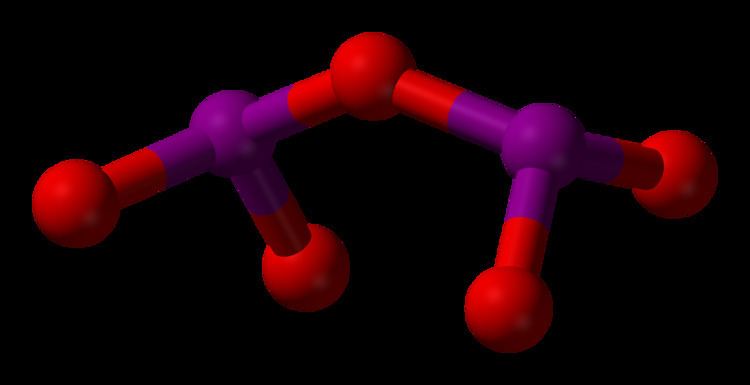 | ||
Iodine oxides are chemical compounds of oxygen and iodine. The chemistry of these compound is complicated with only a few having been well characterized. Many have been detected in the atmosphere and are believed to be particularly important at in the marine boundary layer.
Diiodine monoxide has largely been the subject of theoretical study, but there is some evidence that it may be prepared in a similar manner to dichlorine monoxide, via a reaction between HgO and I2. The compound appears to be highly unstable but can react with alkenes to give halogenated products.
Radical iodine oxide (IO), iodine dioxide (IO2) and diiodine tetroxide ((IO2)2) all possess significant and interconnected atmospheric chemistry. They are formed, in very small quantities, at the marine boundary layer by the photooxidation of diiodomethane, which is produced by macroalga such as seaweed. Despite the small quantities produced (typically below ppt) they are thought to be powerful ozone depletion agents.
Diiodine pentoxide (I2O5) is the anhydride of iodic acid and the only stable anhydride of iodine.
Tetraiodine nonoxide (I4O9) has been prepared by the gas-phase reaction of I2 with O3 but has not been extensively studied.
